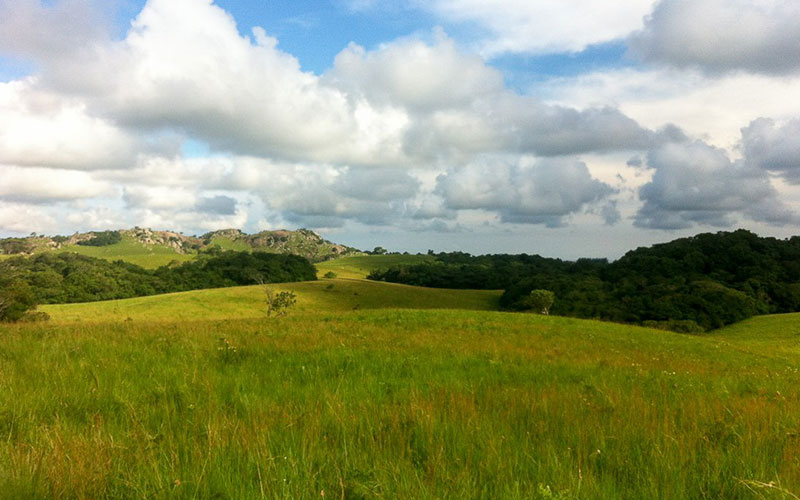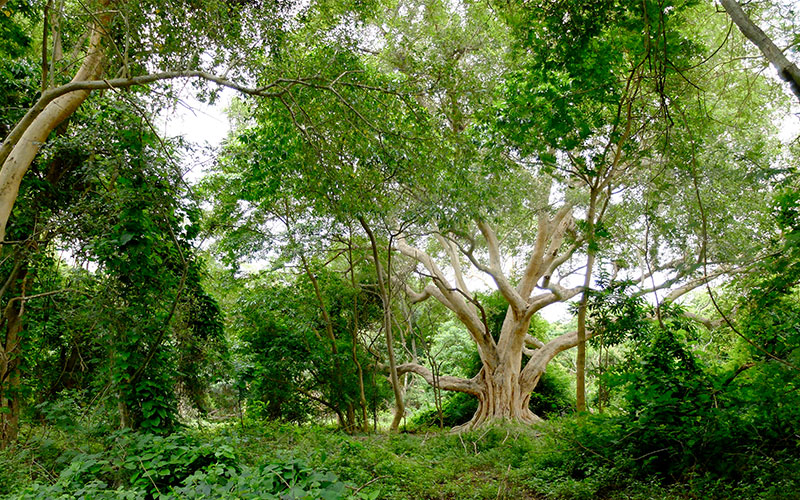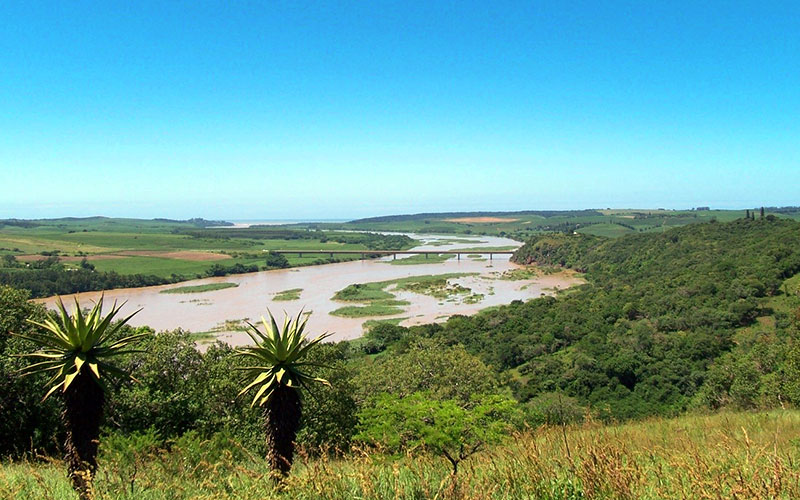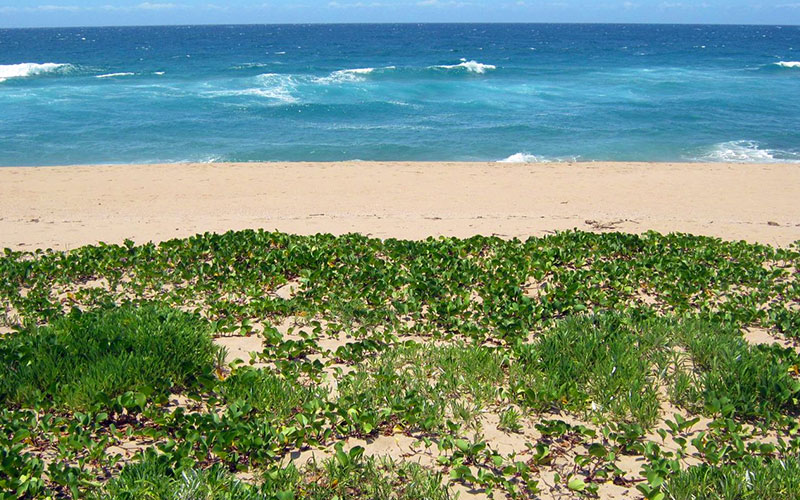A habitat is the natural environment of an animal, bird, insect, fish, plant or other organism. It is where they “live”. So, for example, the habitat of an antelope is a grassy plain, the habitat of a crowned eagle is an area with tall trees, the habitat of a rock crab is a coastal shore.
When we destroy a habitat we either destroy the species or we make it move away. So conserving habitats is crucial if we want to conserve wildlife.
But habitats are part of larger communities of our physical environment known as ecosystems. “Eco” means “life”. Forests, grasslands, deserts, rivers, wetlands, estuaries, coastal and marine habitats, the soil and the air are all ecosystems.
Ecosystems are the heartbeat of the planet because they contain the natural “services” that sustain life on earth. When we save ecosystems we are also saving habitats.
Conservancy work on ecosystems includes clearing alien invader vegetation, restoration work on rivers, estuaries and coastal areas, replanting forests and grasslands, and reintroducing indigenous species.
Anyone can volunteer to work on one of these projects and learn how habitats and ecosystems work. It is a good way to understand why they are so important.
Our Habitat Saving Projects
Projects to save ecosystems and habitats in which Conservancies are involved include the Aller River estoration in Durban, the Aliwal Shoal Marine Protected Area, the Madwala Nature Reserve rehabilitation in Assagay, the Springvale Stream restoration in the Midlands and the Umzimkhulu Riverine Forest rehabilitation at Port Shepstone.
Examples of ecosystems and habitats

Grasslands
There are more species in grasslands than in forests; they are irreplaceable once destroyed

Forests
An indigenous forest is a micro-world in itself; any forest destruction is a priceless loss

Wetlands
Wetlands are essential contributors to the balance of nature – much more than we realise

Rivers
An irreplaceable generator, conservator and rehabilitator of biodiversity; rivers are our lifeblood

Estuaries
Estuaries are a crucial, highly sensitive conservation element between land and sea; they need to be protected

Beaches
Beaches are not just beaches; they are an entire domain of valuable biodiversity


